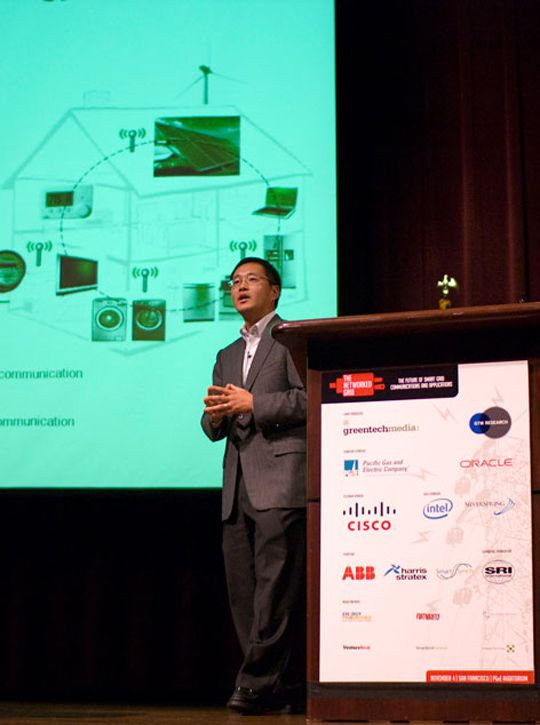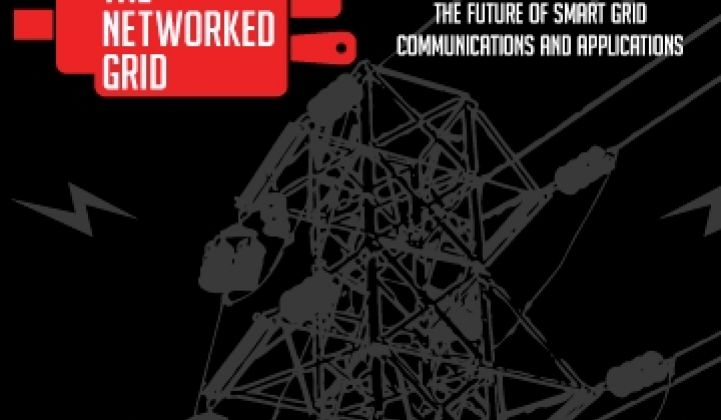SAN FRANCISCO -- Pacific Gas & Electric has an overall challenge, and a more localized challenge, in handling future power demands from its customers.
That's the word from Andrew Tang, senior director of the smart energy web for the Northern California utility, speaking at Greentech Media's The Networked Grid conference on Wednesday.
Just take two of PG&E's service territories: the cities of Fresno in California's hot Central Valley, and the eco-conscious (and cooler) enclave of Berkeley on the San Francisco Bay.
When it comes to a future with more and more plug-in hybrid and electric vehicles – a big challenge for utilities – the two regions are very far apart, Tang said.
After all, one of those cars can make up a load equal to the peak summer load of a typical household in the hot Central Valley – or about three times the typical summertime peak load of a house in foggy San Francisco, Tang said.
And when it comes to prepping for plug-ins in garages, "Regional concentration actually matters," he said. While PG&E has projected it will have to handle about 532,000 plug-in vehicles by 2020, according to a middle-of-the-road estimate of future trends, those will be spread out in very different concentrations across regions.
Tang cited some purchase patterns for hybrid vehicles for both Fresno and Berkeley, which could be extrapolated to future plug-in vehicle purchases.
In Fresno, hybrids made up less than 2.4 percent of overall vehicle purchases according to recent data, Tang said. That's only about 11 hybrids per ZIP code.
But in Berkeley, hybrids make up 18 percent of all new purchases – and make up about 212 per ZIP code, he said.
That spells major differences in how PG&E will approach the challenge of controlling the charging of those vehicles so they don't crash the grid.
PG&E is involved in plug-in vehicle charging tests with the Electric Power Research Institute, making it one of many utilities trying to get a grip on the challenge (see Electric Vehicles Could Surpass Grid or Support It).
Try to charge all those plug-ins at peak, and that could add to already hard-to-handle peak loads, Tang said. Charge them at night, however, and the nation could manage charging of plug-ins equal to about 70 percent of its existing car fleet without adding a single new power plant, according to a study from the National Renewable Energy Laboratory that Tang cited.
Similar regional differences apply to the installation of customer-owned rooftop solar systems, which present their own challenges, as well as opportunities, for utility electricity distribution grids (see Will Solar Crash the Smart Grid?).
On average, PG&E has about 57 such customer solar panel interconnects per city, Tang said. But about 80 of those cities have only one interconnect – not a problem for the distribution grid.
But San Francisco has 1,520 such interconnections, San Jose has 1,437 and Fresno has about 1,251, he said – all scenarios that could put pressure on the utility to handle solar-related grid instability problems in those cities first.
Oakland, Clovis, Santa Rosa, Bakersfield, Berkeley and Santa Cruz are other cities with higher concentrations of rooftop solar.

Andrew Tang, senior director of the smart energy web for PG&E, speaking at The Networked Grid.



